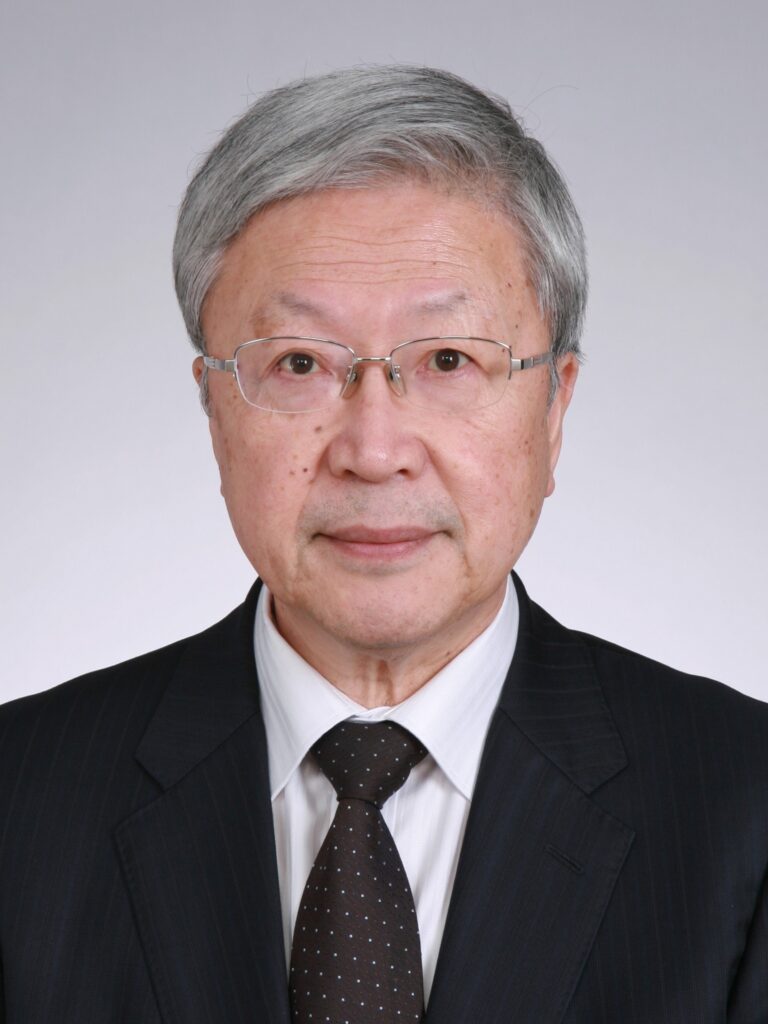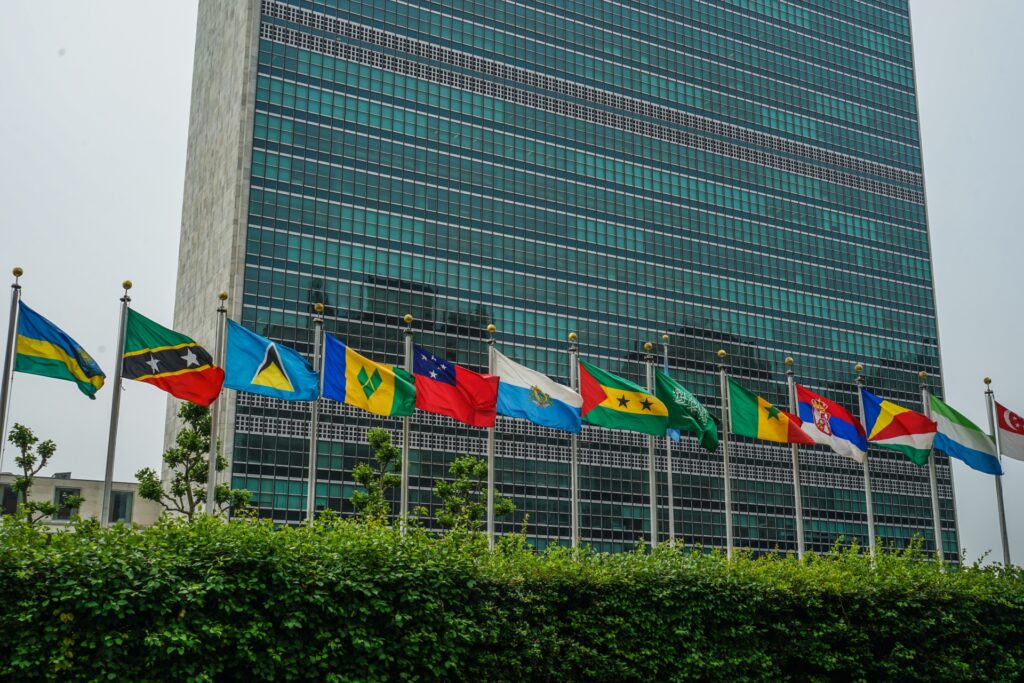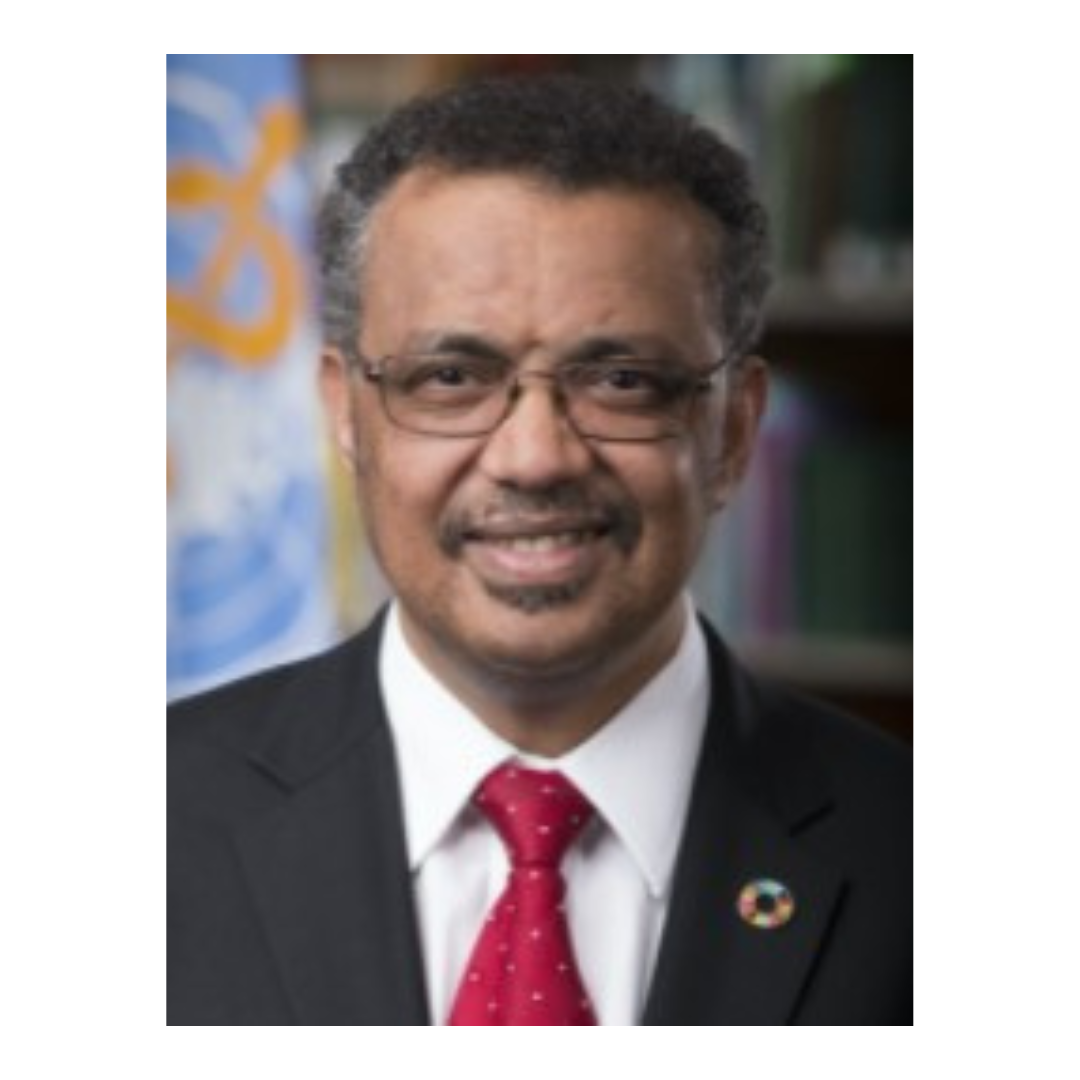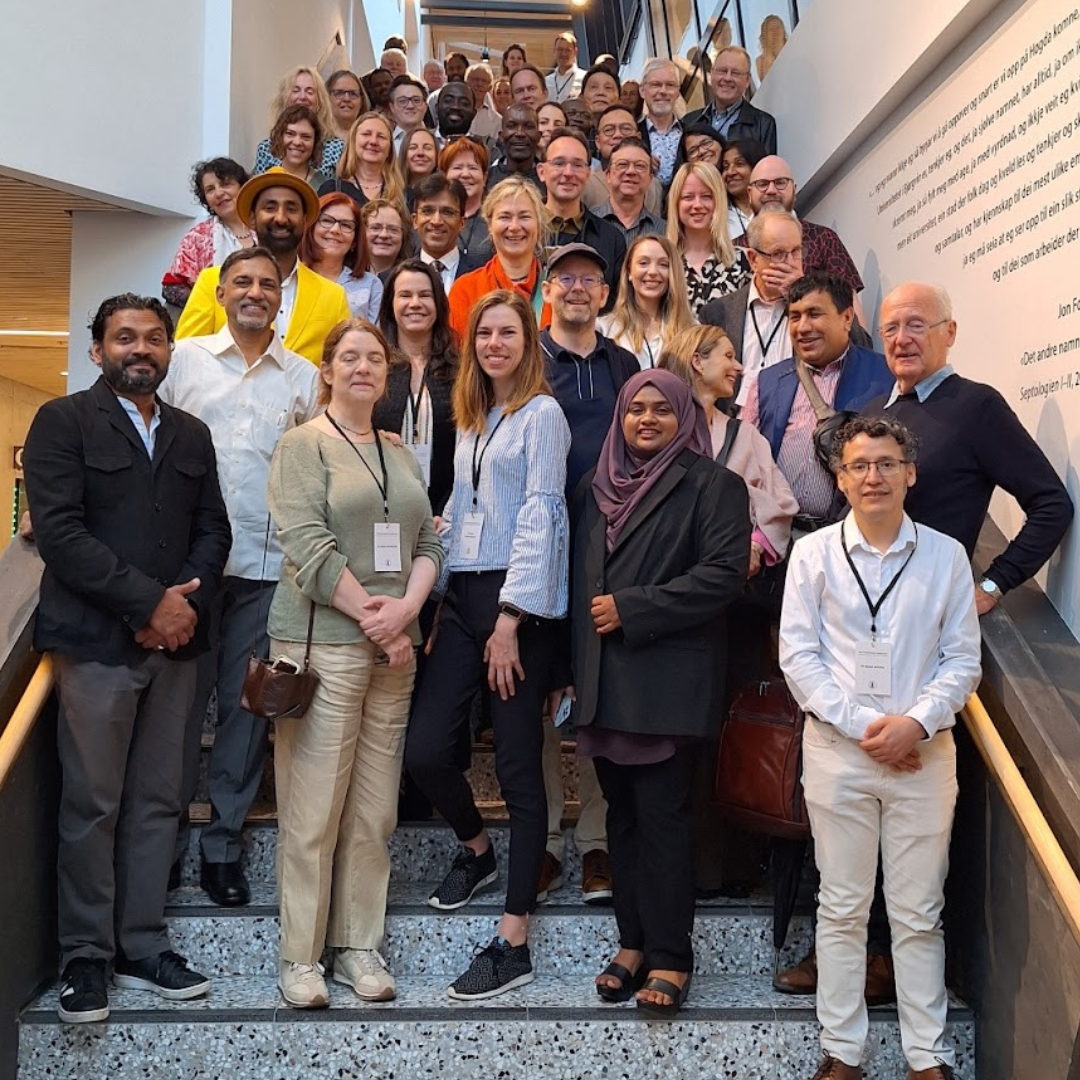For five years (1995-1999), The Nippon Foundation (TNF) provided the World Health Organization (WHO) with US$10 million per year so that multidrug therapy (MDT) could be distributed to all leprosy patients worldwide free of charge. TNF’s chairman, Yohei Sasakawa, and TNF’s partner organization, Sasakawa Health Foundation (SHF), hoped that, in addition to controlling the disease as a public health issue, widespread use of MDT would transform the image of leprosy to that of a curable condition. Unfortunately, stigma and discrimination continued, interfering with medical efforts and preventing patients from resuming their regular lives once cured.
In 2003, Yohei Sasakawa began talking with the Office of the High Commissioner for Human Rights (OHCHR) about the problem of leprosy-related stigma and discrimination as a matter of human rights. His approach kicked off a process that led the main organ of the United Nations, the General Assembly, to adopt a resolution unanimously in 2010 that encourages all governments and relevant actors in society to give due consideration to the Principles and Guidelines for the elimination of discrimination against persons affected by leprosy and their family members.
For the second piece in the six-part series recognizing the upcoming 50th anniversary of the WHO–TNF/SHF partnership for the elimination of leprosy, the Leprosy Bulletin invited the legal expert who drafted the Principles and Guidelines, Professor Shigeki Sakamoto, to reflect on the seven-year process that culminated in the General Assembly resolution.
Considering WHO’s definition of health – “a state of complete physical, mental and social well-being and not merely the absence of disease or infirmity” – the health of persons affected by leprosy depends on social change that supports their inclusion. TNF/SHF will continue to work with WHO and other partners to address leprosy from both medical and social perspectives.
How discrimination against persons affected by leprosy came to be recognized as a human rights issue within the UN system

Dr. Shigeki Sakamoto
former Member of the Advisory Committee to the United Nations Human Rights Council (2008–2013)
Professor Emeritus, Kobe University
Professor Shigeki Sakamoto specializes in international law. As a member of the Advisory Committee to the United Nations Human Rights Council, he led the drafting process for the Principles and Guidelines for the elimination of discrimination against persons affected by leprosy and their family members.
On July 2, 2003, Mr. Yohei Sasakawa met with the Acting United Nations High Commissioner for Human Rights, Dr. Bertrand Ramcharan, to gain recognition for discrimination against persons affected by leprosy and their family members as a serious matter of human rights. Until this meeting, leprosy-related stigma and discrimination had never been discussed as a human rights issue by the Office of the High Commissioner for Human Rights (OHCHR), let alone by the United Nations Commission on Human Rights (replaced by the UN Human Rights Council in 2006). The OHCHR concurred with Mr. Sasakawa’s position and cooperated in securing the subsequent adoption of resolutions on leprosy-related discrimination by the Commission (and, later, the Council).
-1024x683.png)
On June 12, 2008, the Council adopted resolution 8/13, which was proposed jointly by 59 countries, led by Japan. The resolution recognized that “the issue of leprosy is not only a matter of medicine or health but also one of discrimination that can give rise to a clear violation of human rights,” and called on governments to take effective measures to eliminate “any type of discrimination against persons affected by leprosy and their family members.” It also requested ongoing actions from the OHCHR, specifically that the Office would include the discrimination against persons affected by leprosy as an important matter in its human rights education and awareness-raising activities as well as collect information on the measures that governments have taken to eliminate it.
Following the adoption of the resolution, the Council commissioned its newly established think tank, the Human Rights Council Advisory Committee, to develop guidelines to end discrimination against persons affected by leprosy. At the Advisory Committee’s first meeting in August 2008, I was designated to formulate a draft set of “principles and guidelines for the elimination of discrimination against persons affected by leprosy and their family members.”
と横田洋三中央大学教授(ジュネーブ、2009年1月)-1024x687.png)
At the time, the Convention on the Rights of Persons with Disabilities had been adopted by the General Assembly less than two years earlier, in December 2006. The Preamble to the Convention was known for taking a “social approach” to disability, recognizing that “disability results from the interaction between persons with impairments and attitudinal and environmental barriers that hinders their full and effective participation in society on an equal basis with others.” In my working paper for the principles and guidelines, I stated that eliminating discrimination against persons affected by leprosy and their family members likewise requires a social approach. I submitted a draft based on this approach to the Advisory Committee, and it was adopted during the fifth session, held Aug. 2–6, 2010.
This finalized draft set of principles and guidelines was then submitted to the Human Rights Council, and about a month later, on Sept. 30, 2010, the Council officially acknowledged the Principles and Guidelines (P&G) with the adoption of resolution 15/10. The resolution requested the OHCHR to disseminate the P&G and invited the General Assembly to consider the issue. A few months later, on Dec. 21, 2010, the General Assembly unanimously adopted resolution 65/215, which reaffirmed that persons affected by leprosy and their family members are entitled to all human rights and fundamental freedoms under law and encouraged all governments and relevant entities to give due consideration to the P&G in the formulation and implementation of their policies, measures, and activities.
This adoption of a resolution by the General Assembly in support of the P&G would not have been possible without the tireless enthusiasm of Mr. Sasakawa. Persons affected by leprosy and their family members have been marginalized and neglected all over the world. His efforts brought attention to the problem of discrimination against them in a way that could be addressed within the United Nations system. The various resolutions removed any doubt that they have human rights, and the P&G describe the actions that should be taken by governments and other entities to secure these rights. As the drafter of the P&G, I hope that Mr. Sasakawa will continue to bring attention to this framework during his visits to various countries as the WHO Goodwill Ambassador so that the social causes of stigma and discrimination against persons affected by leprosy and their family members may be eliminated.










